![]()
![]()
![]()
Use LEFT and RIGHT arrow keys to navigate between flashcards;
Use UP and DOWN arrow keys to flip the card;
H to show hint;
A reads text to speech;
26 Cards in this Set
- Front
- Back

|
Daisen Tomb, possibly of the Emperor Nintoku. Sakai, Osaka Prefecture. |
|

|
Haniwa Warrior. FromIizuka-cho, Ota-shi, Gunma. H. 130.5. Kofun Period. 6th century National Treasure. Tokyo National Museum. |
|
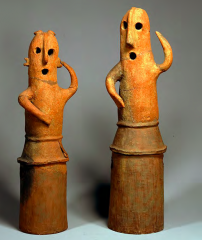
|
“Dancers.” From Nohara, Konanmachi, Saitama. Present H. 64.2,57.3. Kofun Period, 6th century.Tokyo National Museum. |
|

|
Head of haniwa from the Daisen Tomb. Clay. Late 4th-early 5th c. CE. Imperial Household Agency. |
|
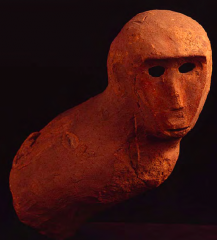
|
Monkey. 6-7th c. CE. Tamatsukuri Site, Ibaragi Prefecture. Private collection. Important Cultural Property |
|
|
"Pagoda" |
From Portuguese, from the Chinese, “Dagoba” (Womb of the relic), from the Sanskrit dhatū garbha. |
|
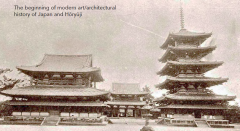
|
West precinct, Hōryūji. 607 CE. Photograph, late 19th. |
|
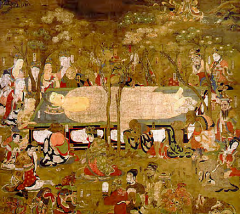
|
Extinction of the Buddha. Mid Heian period, 1086. Hanging scroll. Ink, color, gold on silk. Kongōbuji, Wakayama. National Treasure. |
|
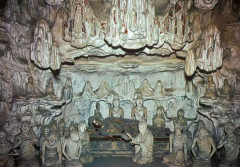
|
Nirvana Diorama. Nara period, 711. 100 unbakedclay figurines with polychrome decoration, metal. Buddha: L: 98. cm; Surrounding figures H: 18.1 to 58.9 cm. Pagoda, Hōryūji. Nara. National Treasure. |
|
|
"Shinto" |
Way of divinities |
|
|
Deity body |
Landing place of deity |
|
|
Kami |
Deity |
|
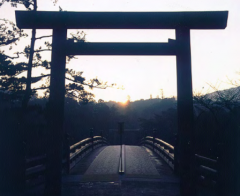
|
Ise Shrine; 4BCE |
|
|
Three Treasures |
Buddha Dharma (Buddhist teachings) Saṃgha (community of monks and nuns) |
|
|
Buddhist canon |
a loosely defined list of sacred texts recognized by various sects of Buddhism |
|
|
Tathāgata-garbha |
matrix/seed of the Tathāgata. The conviction that all beings have within themselves the virtues of the Tathāgata but these are hidden by defilements. |
|
|
Śākyamuni Buddha |
ca. 563 BCE-483 BCE ); the “Historical Buddha.” |
|
|
Tathāgata |
“thus come/ gone one.” Name used by the Buddha to refer to himself. |
|
|
“Buddhism” |
“Buddhism” was coined in the 18th -19thc by European intellectuals, scholars, and Christian missionaries in response to encounters with the religion centered on Śākyamuni Buddha. |
|
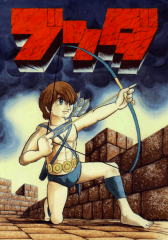
|
Tezuka Osamu, Budda. Published serially in Japanese from September 1972 to December 1983; English translation (2003-2007). Abridged animated film, May 2011; Tōei Co. and Warner Bros. |
|
|
Four Excursions/ Encounters |
Age, Illness, Death, and Mendicancy |
|

|
Bodhi Tree, From the Bharhut Stūpa. Ca. 100-80 BCE. An “aniconic” (non-anthropo- morphic) depiction of the Buddha’s Presence. |
|
|
Nirvana |
Extinction; the state of ultimate exhaustion of all illusions and attachments, karma and rebirth, building upon awakening, and leading to a state of eternal bliss, purity, and pervasiveness. |
|
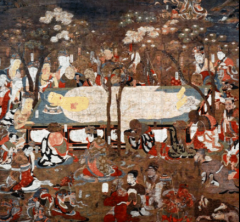
|
Extinction of the Buddha. Mid Heian period, 1086. Hanging scroll. Ink, color, gold on silk. H: 2.69 m. Kongōbuji, Wakayama. National Treasure. |
|
|
Icon |
Images of the divine expressed in the physical world; 2 and 3-dimensional objects of religious practice and devotion. |
|
|
Iconography |
Theformal features of an image; collection, classification, and analysis of symbolic/allegorical features of a work in order to identify theme or subject. |

